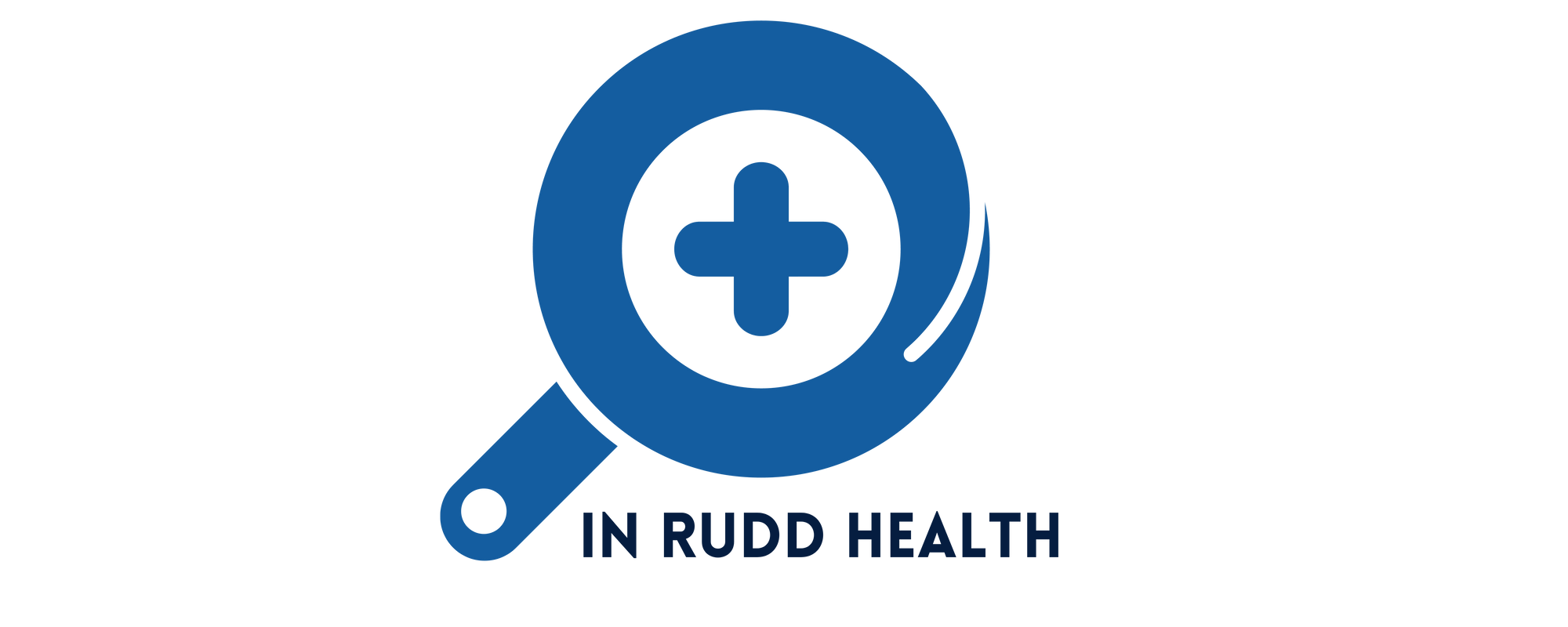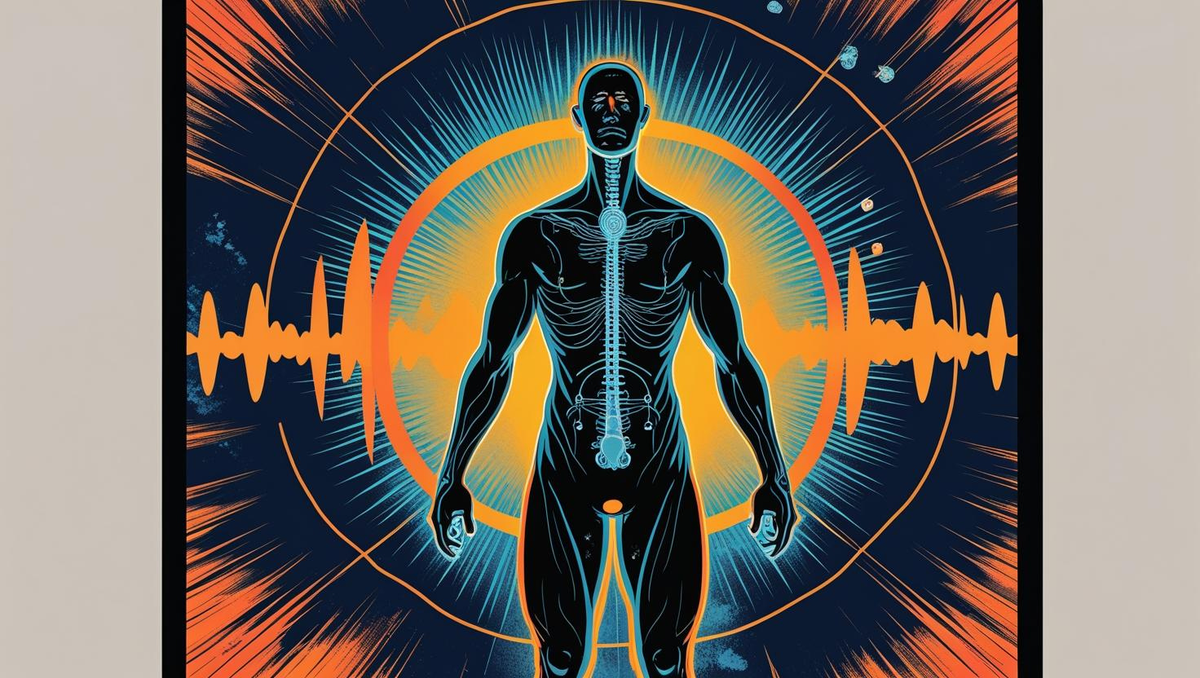The Invisible Rainbow by Arthur Firstenberg examines the profound, often overlooked impacts of electricity and electromagnetic fields (EMFs) on human health. The book traces historical links between electromagnetic exposure and a rise in illnesses, emphasizing the importance of understanding and mitigating these effects through practical techniques, including principles from Building Biology.
The Impact of Electricity on Human Health
- Electromagnetic Sensitivity and Disease
Many individuals experience health issues such as headaches, fatigue, sleep disturbances, and neurological symptoms attributed to EMF exposure. Firstenberg discusses cases where electromagnetic sensitivity seems to cause or exacerbate symptoms, raising concerns about widespread exposure. - Disruption of Biological Rhythms
Electricity can interfere with the body's natural cycles, including sleep and hormone regulation. For instance, exposure to artificial light and EMFs can suppress melatonin production, impacting sleep quality and immune function. - Cardiovascular and Nervous System Effects
Some research suggests that EMFs can influence heart rhythms, potentially increasing risks of arrhythmias or other cardiovascular problems. The nervous system, being electrically active, is particularly vulnerable to electromagnetic disturbances. - Long-Term and Chronic Effects
While research is ongoing, preliminary evidence indicates potential links between EMF exposure and chronic health issues such as cancer, immune suppression, and psychological disturbances, as highlighted by Firstenberg’s historical and scientific analysis.
Mitigation Strategies: Building Biology Principles
Building Biology offers a science-based approach to creating healthier environments by reducing electromagnetic exposures through thoughtful design and materials. Here are key techniques:
- Reduce Wireless and Electrical Devices
Limit the use of Wi-Fi routers, cordless phones, and other wireless devices. Prefer wired Ethernet connections for internet and data transfer to eliminate wireless EMFs. - Create EMF-Reduced Living Spaces
Design rooms that are free from electrical wiring or electronic gadgets, especially bedrooms and sleep areas. Use shielding fabrics, window covers, or paint to block external RF signals from cell towers and other sources. - Optimize Electrical Wiring and Systems
Ensure electrical wiring is properly grounded and shielded, minimizing "dirty electricity"—high-frequency transients traveling along wiring that can increase EMF exposure. - Use Low-EMF Lighting
Implement lighting technologies that produce minimal electromagnetic pollution, avoiding high-EMF sources like fluorescent lighting. - Maintain Distance from EMF Sources
Keep electronic devices as far as possible from bedrooms and living areas. Use wired headsets instead of holding cell phones against your head. - Employ Building Materials that Absorb or Shield EMFs
Incorporate natural and non-conductive building materials that help absorb or block electromagnetic signals, such as clay, certain stones, or natural fiber insulation. - Grounding and Earthing
Implement grounding techniques—connecting to the Earth’s surface via flooring or conductive systems—to reduce electrical build-up inside buildings. - Install EMF Monitoring Devices
Use meters to detect and monitor EMF levels in your environment, identify high-exposure sources, and take steps to reduce exposure accordingly.
Conclusion
Arthur Firstenberg’s The Invisible Rainbow emphasizes that modern electricity significantly influences our health, often in subtle ways we cannot see or feel. By integrating Building Biology techniques—emphasizing proper design, choice of materials, and active reduction of EMF exposure—we can create environments that support and enhance our well-being. Becoming aware of electromagnetic pollution and implementing these strategies is a proactive step toward safeguarding health in our increasingly electrified world.
If you’d like specific product recommendations, diagrams, or further guidance on Building Biology applications, feel free to ask!


